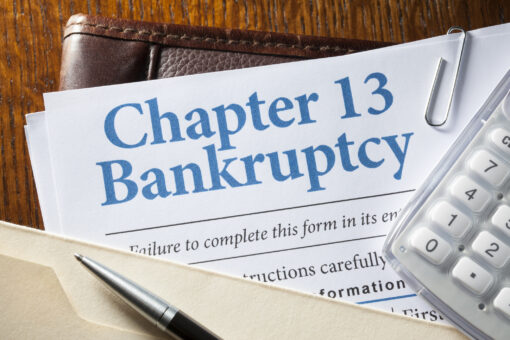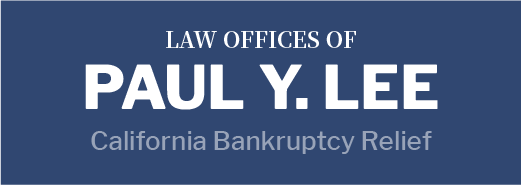
For those dealing with financial strain, the decision between Chapter 7 and Chapter 13 bankruptcy can be challenging. Each offers its unique benefits and is tailored to different circumstances. Particularly when confronting substantial medical debt, the differences between these two bankruptcy types can be significant. Reach out to The Law Offices of Paul Y. Lee at 951-755-1000 for a complimentary consultation regarding bankruptcy to discover which path may be the most advantageous for you.
Confronting Medical Debt: Chapter 7 Versus Chapter 13
The best choice for you, whether it’s Chapter 7 or Chapter 13, largely depends on your financial situation, the extent of your medical debt, and your long-term financial objectives.
Understanding Chapter 7 for Medical Debt Alleviation
Chapter 7, often referred to as “liquidation bankruptcy,” is the most widely chosen form of personal bankruptcy across the nation, including California. In 2017 alone, the country saw close to 500,000 Chapter 7 filings, with over 50,000 originating from California.
Several prerequisites need to be met before filing Chapter 7, such as credit counseling. After fulfilling these requirements, the bankruptcy petition, along with detailed documents on your income, assets, debts, and other financial information, can be filed.
Upon reviewing your paperwork, the court will determine whether to move forward. If approved, a trustee will be assigned to your case. Depending on the value of your assets, the trustee might decide to liquidate some property to repay creditors. However, most debtors can retain most of their property using bankruptcy exemptions, a facet we at The Law Offices of Paul Y. Lee can assess for you.
Although you might need to pay off some of your medical debt, this type of debt is typically unsecured and not prioritized. As a result, Chapter 7 often allows for the complete discharge of medical debt with minimal payments made during the bankruptcy process.
Chapter 13 and Medical Debt Relief
Chapter 13 bankruptcy, also known as “reorganization bankruptcy,” is less common than Chapter 7. With around 20,000 filings in California in 2017, this option does not pose any risk to your assets. It does, however, require you to pay back your debts through a long-term repayment plan.
Chapter 13 mandates that you utilize your disposable income over a three to five-year period to repay your debts. Once this term concludes, you will receive a discharge, relieving you of any further debt obligations.
The Optimal Choice
When it comes to bankruptcy, there is no one-size-fits-all answer. The optimal choice hinges on your short-term and long-term financial goals, financial circumstances, and other variables. If you are curious about which bankruptcy type best suits you, or if bankruptcy is the right choice for you at all, we are here to help. Contact The Law Offices of Paul Y. Lee today at 951-755-1000 for your free evaluation.

